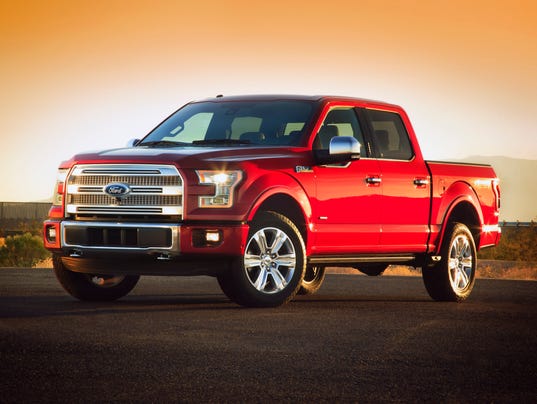We hope hybrids and EV's have a long life as well and garner legions of fans. We need diversity in style of cars to meet the eclectic needs of consumers. Whether you are doing down the road at 30 MPG or more on turbo, hybrid or electric does not matter. Sharing the road of efficiency and clean air, equally, does matter.

Sure, electric cars like those from Tesla and hybrids like Toyota's Prius grab the headlines. But when it comes to cumulatively saving the most gas, the auto industry is increasingly turning to another technology: turbochargers.
Federal regulators are planning a midterm evaluation of the nation's fuel-economy standards that the auto industry must meet by 2025. With sales of hybrid and electric vehicles falling, automakers are planning to argue that they should get more credit with conventional technology like turbocharged engines.
Turbocharging has quietly taken a larger place in the auto industry and has piled up some big accomplishments. Ford, for instance, announced last week that it has hit the 1 million mark when it comes to selling pickup trucks equipped with its EcoBoost turbocharged engines.
Vehicles with turbocharged engines made up 8% of the market in 2010. Last year, they had almost tripled their market share with 22%. Looking ahead, they are expected to hit 38% by 2020, says consultants LMC Automotive. The gas savings may not be as big as those from hybrids or electric cars, which depend on batteries, but turbos are a cheaper way to save fuel.
"It’s one of the more popular alternatives," says Kevin Riddell, automotive analyst for LMC.
Turbochargers use fan-like wheels to feed air into a conventional internal-combustion engine. Turbos kick in when the driver demands more power. They allow automakers to reduce the size of engines, which saves gas.
"Engine downsizing has become a big thing to produce the same amount of power with a smaller motor," Riddell says.
Ford's turbocharged engine for the F-150, the nation's best-selling vehicle, looked like a tough sell with its hidebound pickup truck owners who loved their big V-8s when it was introduced in 2010. The EcoBoost turbocharged engine moved them down to six cylinders.
Ford made the case that the engines save fuel and are still powerful and have more towing capacity than competitors.
Today, Ford's 2.7-liter and 3.5-liter V-6 EcoBoost engines together account for 60% of the automaker's F-150 sales. The engine seems to have evolved into a brand unto itself.
Ford estimates F-150 owners with EcoBoost engines will collectively save an estimated $255 million over the course of a year if gas prices remain at today's $2.30 per gallon national average.
Ford is planning to introduce a redesigned and more powerful engine this fall on its 2017 F-150 pickups.

No comments:
Post a Comment